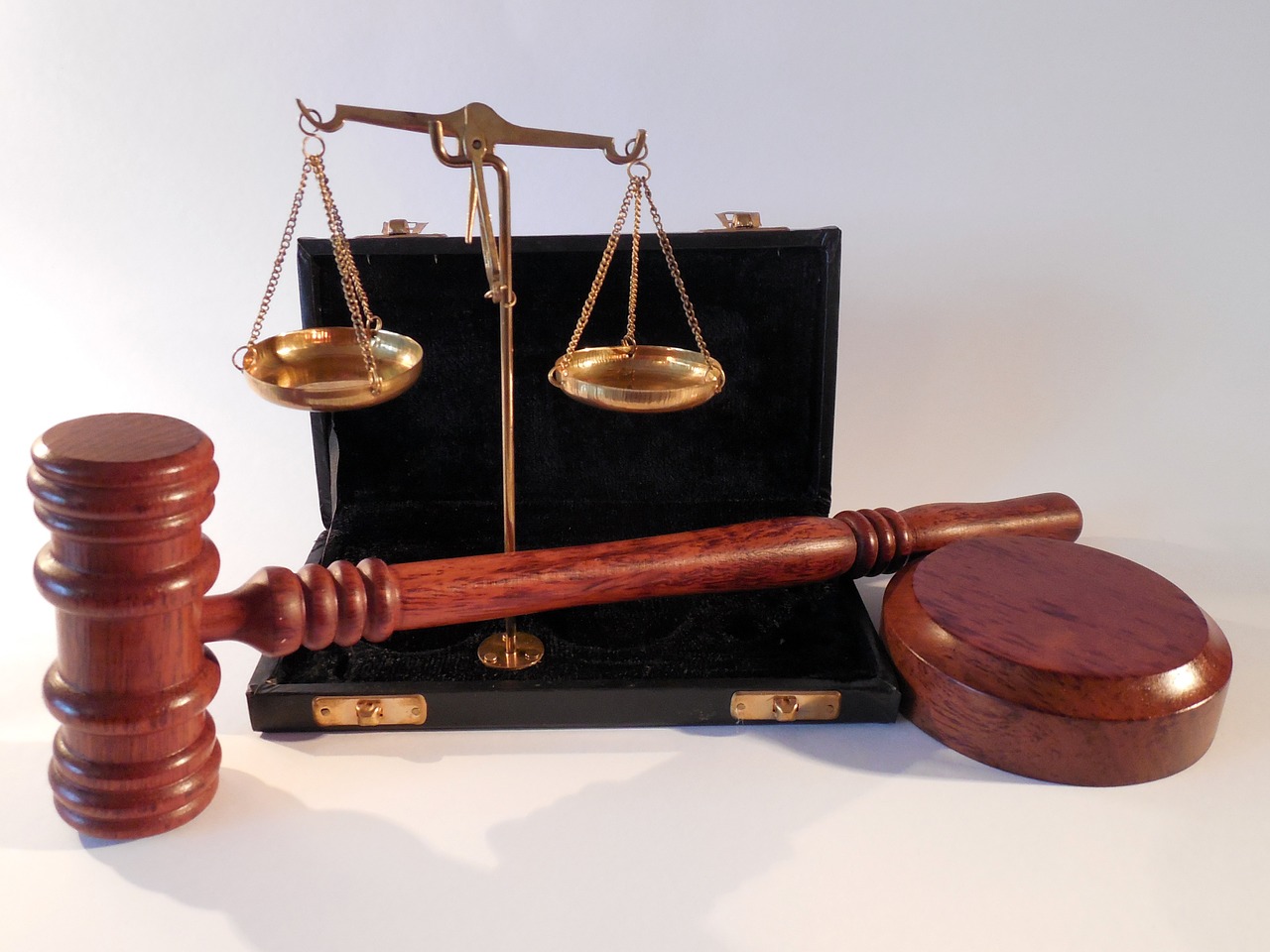The process of drafting a Will is an important legal task that allows individuals to distribute their assets to their chosen beneficiaries. While wills primarily serve the purpose of ensuring the smooth transfer of assets, it is equally crucial to consider the protection of vulnerable beneficiaries who may be unable to advocate for their own interests. Vulnerable beneficiaries, including minors, individuals with disabilities, and those facing financial hardships, require special attention and safeguards to prevent potential exploitation or unfair treatment. By establishing a testamentary trust or a protective trust, the will maker known as the testator, can ensure that the assets they leave behind are managed and distributed in a manner that is consistent with their wishes, while also safeguarding the beneficiaries from potential exploitation or mismanagement of their inheritance.
Establishing Trusts
Trusts are powerful instruments that can be utilized to safeguard the interests of vulnerable beneficiaries. A protective trust can be established within the Will or a Testamentary Trust Will can be created, whereby a trustee is appointed to manage and distribute assets on behalf of the beneficiaries. Trusts offer flexibility in determining when and how beneficiaries receive their inheritance, ensuring the assets are protected and properly managed until the beneficiaries reach a certain age or meet specific conditions. This mechanism can prevent vulnerable beneficiaries from being exposed to financial risks or exploitation.
A Testamentary Trust Will is established within a testator’s will, which means that it only takes effect after the testator passes away. This allows the testator to retain control over their assets during their lifetime while ensuring that they are distributed according to their wishes after their death. Once the testator passes away then the Testamentary Trust comes into effect and if the beneficiary of the trust is an adult, then they are often appointed as the trustee and appointer.
A protective trust works in a similar way whereby it is established within the Will, however the control of the trust usually passes to the person you nominated, such as a relative or someone that you trust, rather than the beneficiary themselves. Ultimately the beneficiary in a protective trust has no say or control over the trustee or how the assets are distributed.
Benefits of Testamentary Trusts
Testamentary trusts are discretionary trusts established under a Will. The beneficiaries of a TT Will are referred to as primary and general beneficiaries. The primary beneficiary under a TT Will is the ultimate beneficiary who you are leave your estate to (such as a child) and the general beneficiary usually includes the relatives of the primary beneficiary or any company or trust they may have an interest in. The trustee can then distribute the income of the trust to any primary or general beneficiary at their discretion, which is known as income splitting.
Income splitting is one of the tax advantages of a TT Will as it provides advantages to the estate and the beneficiaries. Depending on the specific provisions of the trust, generally the income of the trust may be subject to lower taxes than it would be if it was distributed outright to the beneficiaries as they can be structured in a way that minimizes taxes and maximizes the financial benefits to the beneficiaries. For example, the trust can be structured to distribute income to beneficiaries who are minors or in lower tax brackets, in the most tax advantageous manner which can result in a lower overall tax liability for the trust and its beneficiaries.
Another advantage of a testamentary trust is that it can also protect vulnerable beneficiaries such as minors and individuals who lack the ability to manage their inheritance. For example, a TT provides asset protection, whereby if a beneficiary is on the verge of bankruptcy, the assets held within the TT will not be subject to being taken by the creditors in bankruptcy because it is an asset of the Trust and not the beneficiary themselves.
Benefits of a Protective Trust
One of the primary advantages of a protective trust is that it allows the testator to protect vulnerable beneficiaries who may face challenges due to age, disabilities, financial dependency, drug or alcohol dependency or other vulnerabilities. By establishing a protective trust, the testator can ensure that the assets they leave behind are managed and distributed in a manner that is consistent with their wishes, while also safeguarding the beneficiaries from potential exploitation or mismanagement of their inheritance.
A protective trust appoints a trustee who has the responsibility to manage and distribute the trust assets in the best interests of the beneficiaries. The trustee in a protective trust will generally be an independent person other than the beneficiary to hold and control the assets for their behalf. This ensures that the inheritance received by the vulnerable beneficiary is managed for their ultimate benefit by the trustee and is used to meet their needs in a responsible and appropriate manner.
The testator may also stipulate that the assets will be held in trust until the beneficiary reaches a certain age. This can help ensure that the beneficiary is financially secure and has the resources they need to succeed, without exposing them to the risks associated with sudden wealth.
In addition to creating a protective trust within your Will, you can also specify to who the residue of the trust fund proceeds go to after the vulnerable beneficiary passed away. This can include their children or other beneficiaries such as your surviving children.
The protective trust can stipulate what for, when and how often funds are to be used from the trust for the beneficiary.
Appointing a Trustee
In order for a testamentary trust and protective trust to be effective, it is important to appoint a trustee who is capable of managing the assets and fulfilling the testator’s wishes. The trustee should be someone who is trustworthy, financially responsible, and has the necessary skills and expertise to manage the assets effectively.
The trustee is responsible for managing the assets held in trust in the best interests of the beneficiaries and ensuring that they are distributed in accordance with the terms of the trust. This may include making investment decisions, paying bills and taxes, and distributing funds to the beneficiaries as directed by the testator.
It is important to select a trustee who is willing and able to serve in this role, as the trustee’s decisions can have a significant impact on the beneficiaries’ financial well-being.
A testamentary trust will, or protective trusts can be a valuable tool for protecting the interests of vulnerable beneficiaries and ensuring that the testator’s wishes are carried out responsibly. By working with one of our estate planning lawyers to create a testamentary trust will or protective trust, individuals can help ensure that their loved ones are financially secure and protected for years to come.
About the Authors: This article has been co-authored by Ida Jogic and Steven Brown. Ida obtained her Bachelor of Laws at Murdoch University in 2020, after graduating with a Bachelor of Criminology. She is currently a law graduate for the Estates team and is due for admission in 2022. Steven is a Perth lawyer and director and has over 20 years of experience in legal practice and practices in commercial law, dispute resolution, and estate planning.

















